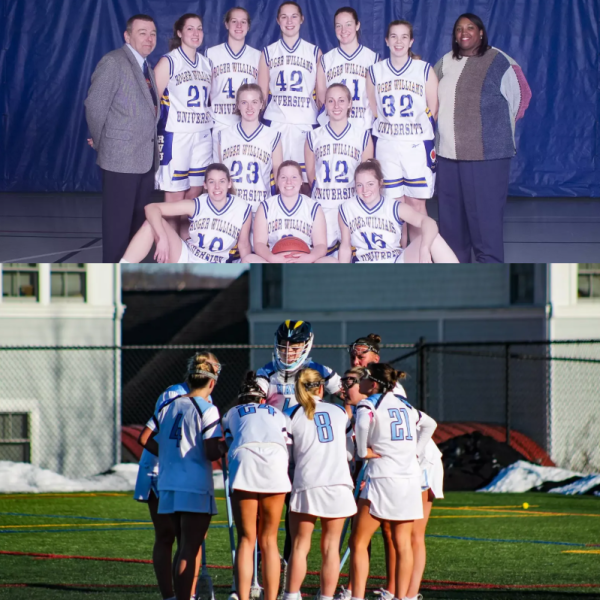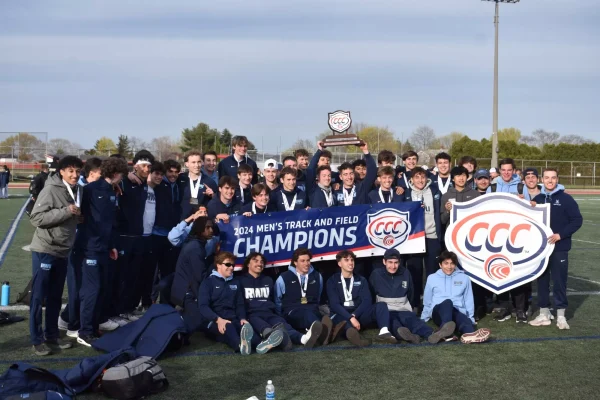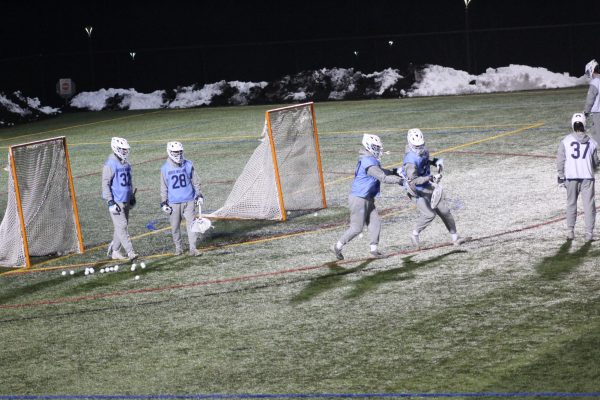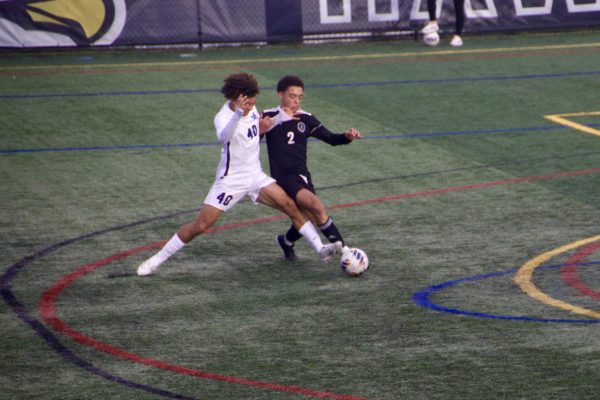Goaltender interference: the NHL’s “catch rule”
Goaltender interference in the National Hockey League has been one of the biggest questions surrounding the league ever since it was declared that a coach could challenge the call. But as the referees look at the multiple camera angles, the call is often just as good as a flip of a coin.
For the 2015-16 season, the NHL introduced rule 69 in the league rulebook regarding interference on the goalkeeper.
The rule states, “goals should be disallowed only if: (1) an attacking player, either by his positioning or by contact, impairs the goalkeeper’s ability to move freely within his crease or defend his goal; or (2) an attacking player initiates intentional or deliberate contact with a goalkeeper, inside or outside of his goal crease.”
The rule allows for goaltenders to play their position to their fullest extent. On a goal, if an opponent makes contact that prevents the goaltender from making a save, the goal will be taken away.
While the league implemented this rule to help clarify any infractions, the problem is that the human element is still there — which makes it imperfect. It is up to a referee to determine if the goaltender could have made a play on the puck. Some calls are easier to make than others, but they can be costly.
On Feb. 1, the Boston Bruins took on the St. Louis Blues in Boston. The game was still tied at 0-0 when the Bruins found a scoring opportunity. A shot bounced off Blues goaltender Jake Allen and sailed into the air before dropping behind him. Suddenly, four players crashed the net, either looking to knock it in or slap it away from the open net. Bruin Jake DeBrusk slid into Allen while teammate Ryan Spooner skated into the Blues goaltender. Boston’s David Krejci came in to tap the puck into the net for the first goal of the game.
The play was reviewed and the call was not overturned. The Bruins scored another in the third before the Blues made it 2-1. An empty-net goal sealed a 3-1 victory for Boston, stealing two points from the Blues.
The Blues went on to miss the playoffs by one point. Had the call been overturned, the game would have likely gone to overtime, where the Blues would have taken at least one point.
Another rule that was added for coaches to use was the offsides challenge. If an attacking player enters the attacking zone before the puck is carried over the blue line, the play is offsides. Some referees will occasionally miss it and if a goal is scored, the coach can challenge and make the referees look at the play on video. This rule is far easier to judge as there are multiple camera angles looking at the play — even one parallel with the blue line. Although some shaky calls are made, it mostly gets sorted out as a result of the challenge.
Goaltender interference is one of the few rules in professional sports that still has loose ends. It is just about the only rule that a person has to judge whether or not a player had a chance to make a play. Sometimes it really is up to an opinion instead of fact.
The interference call is incredibly controversial and has already proven that it can change the outcome of a season. It could even be compared to the complaints regarding the catch rule of the National Football League, before it was changed this offseason. For now, it seems no one truly knows when to call goaltender interference and it will need to be re-evaluated after the season ends. With the Stanley Cup Playoffs underway, the stakes are much higher and the judgment may ruin a team’s chances at the Stanley Cup.




